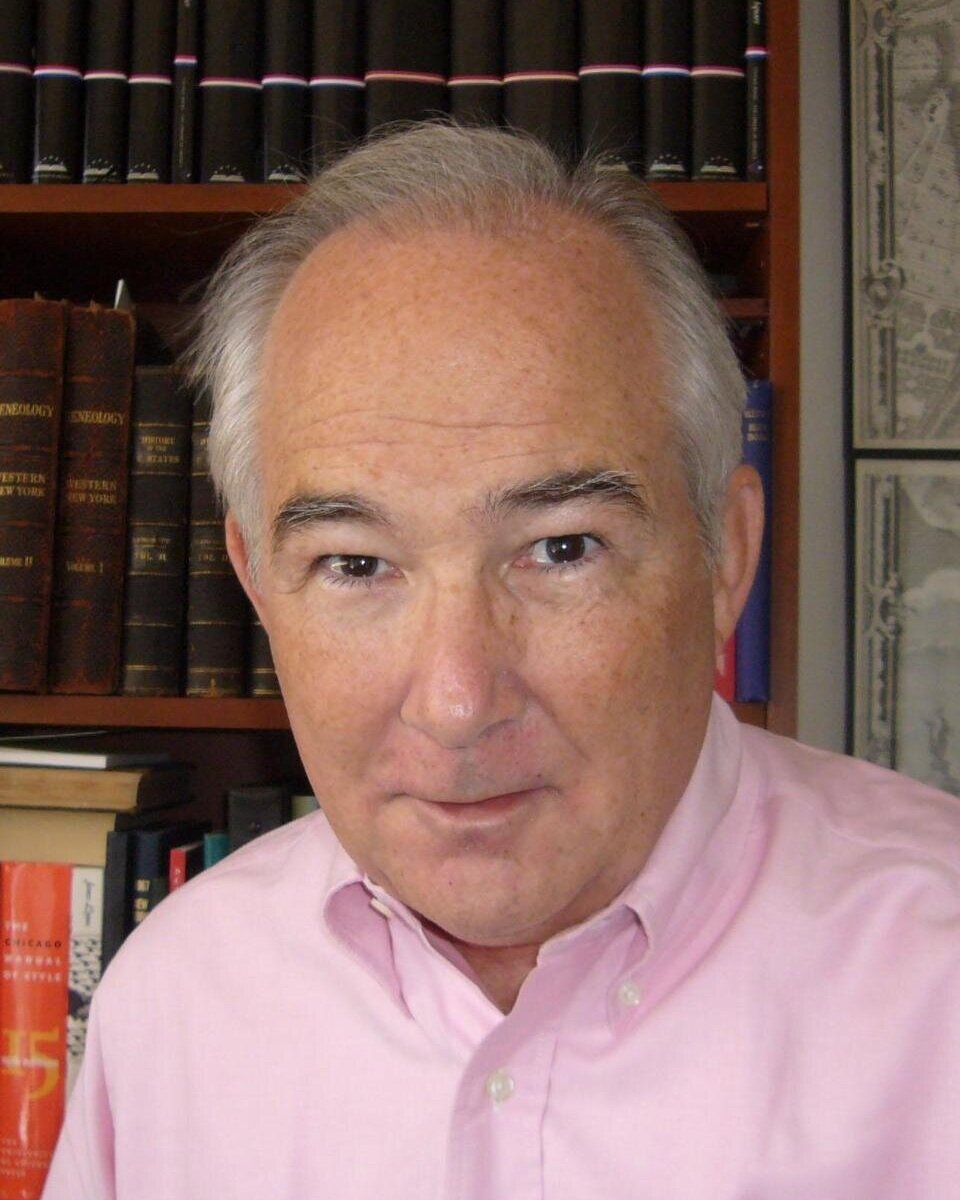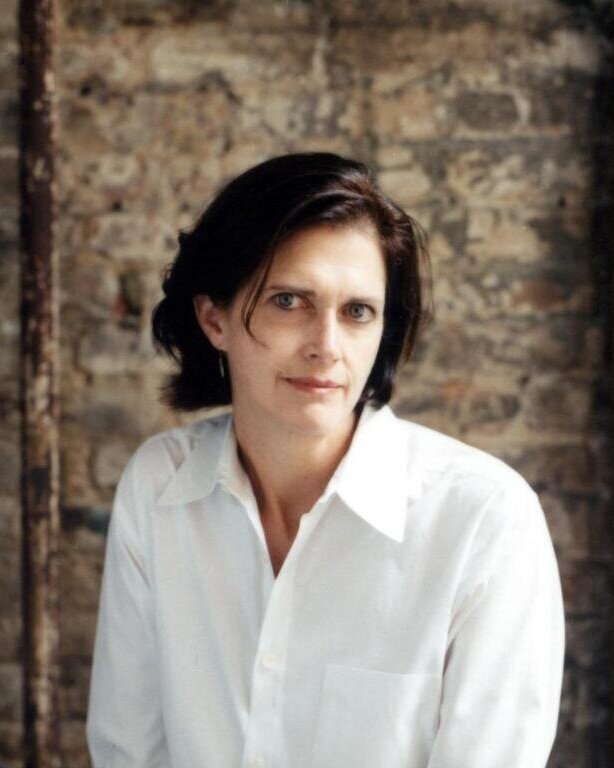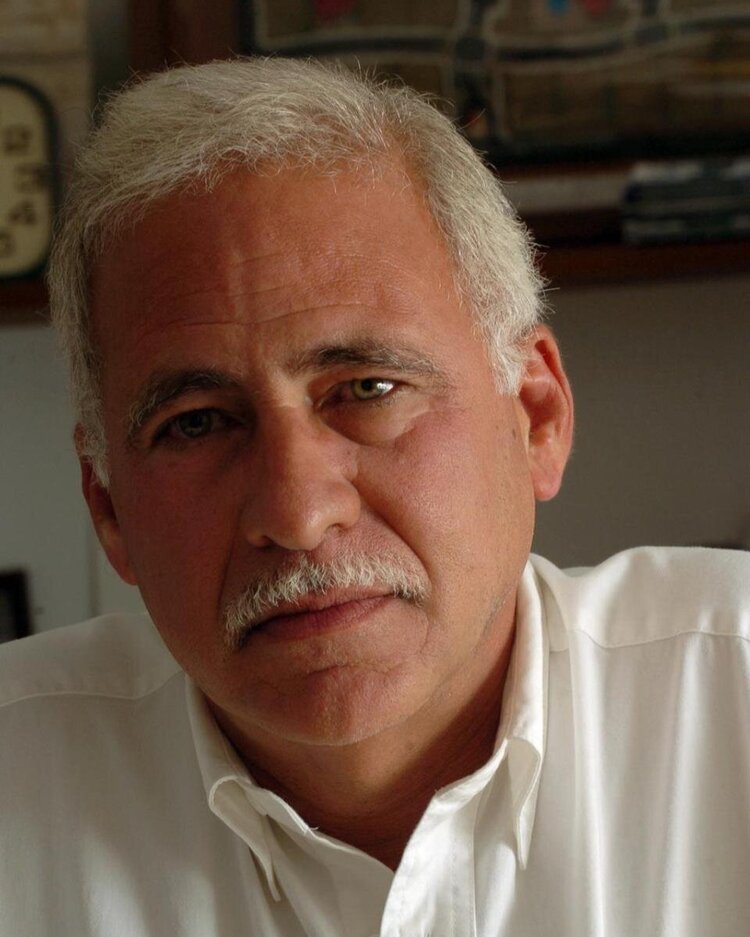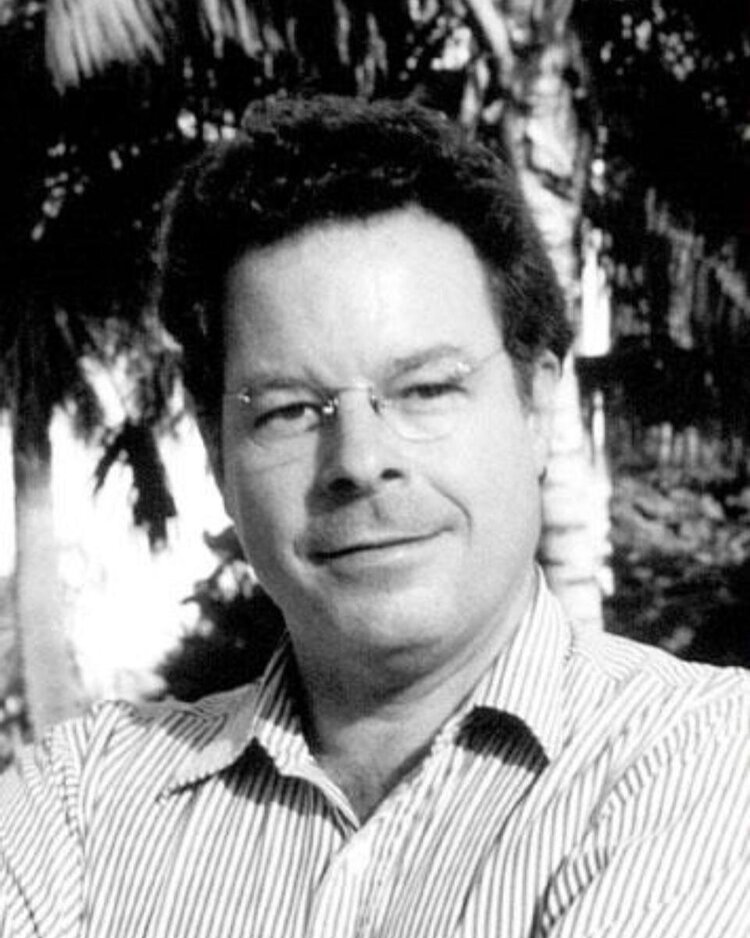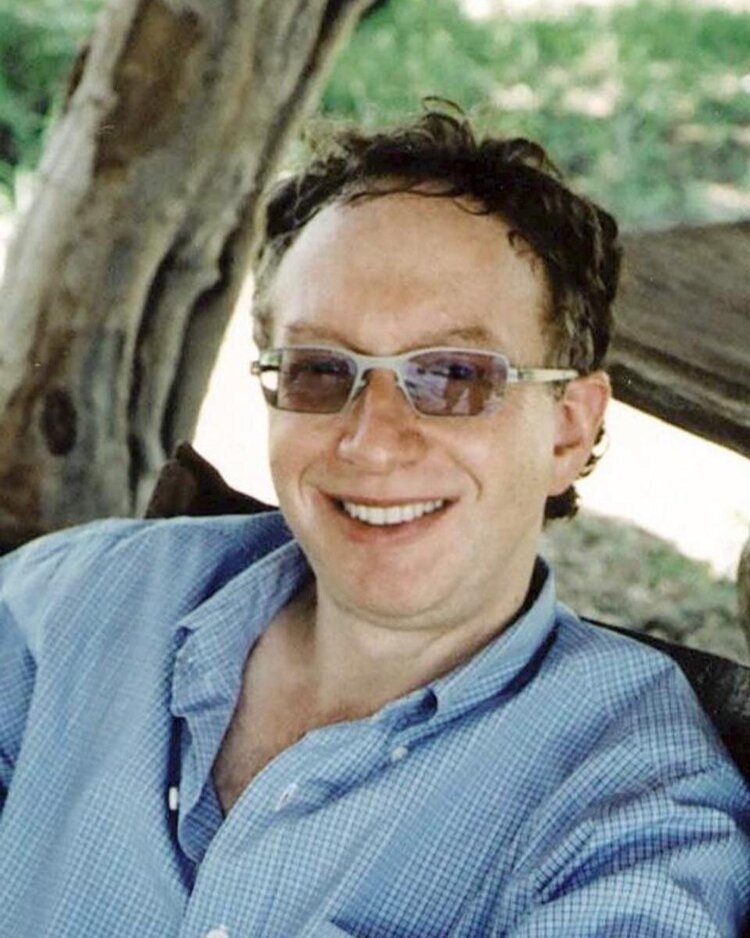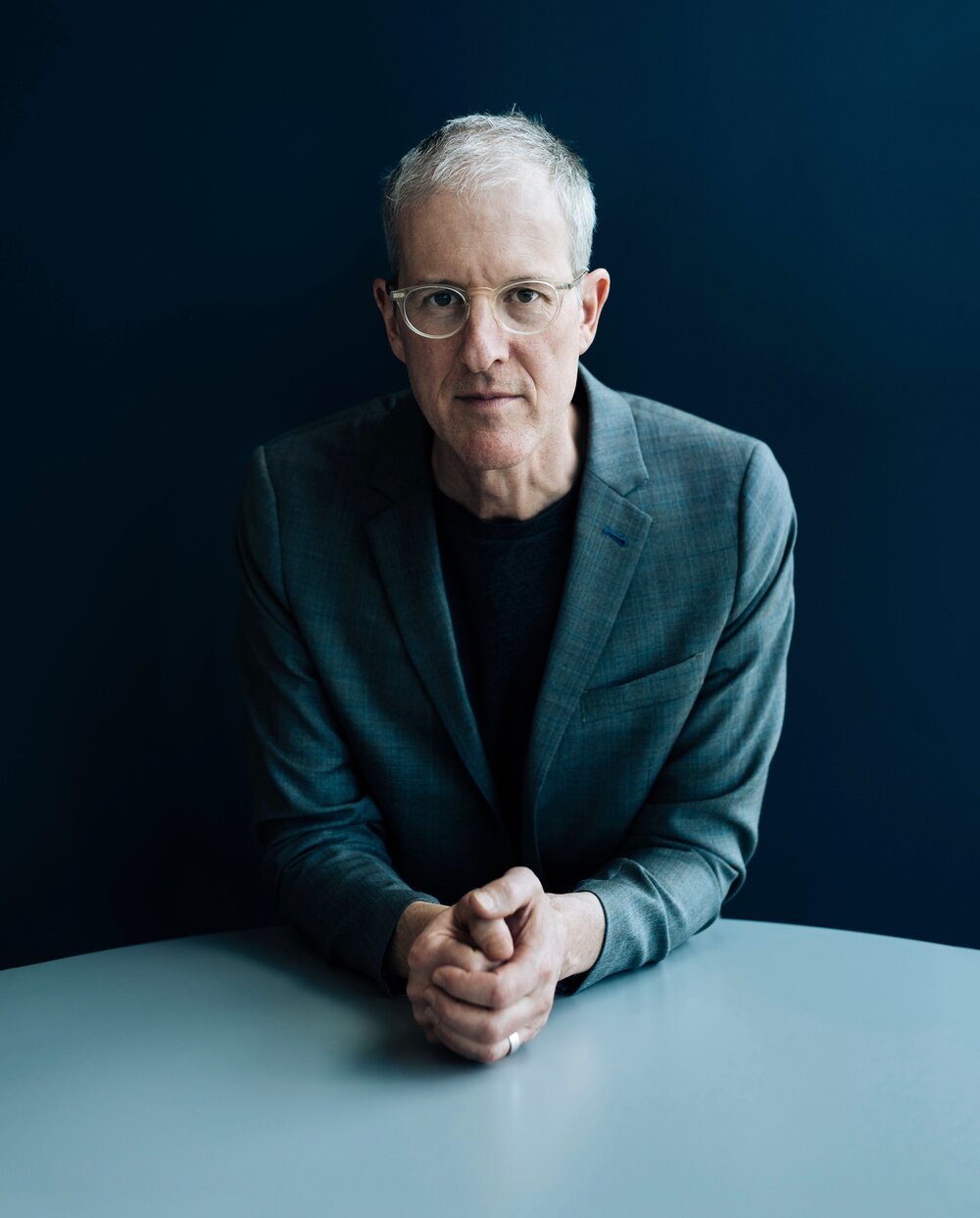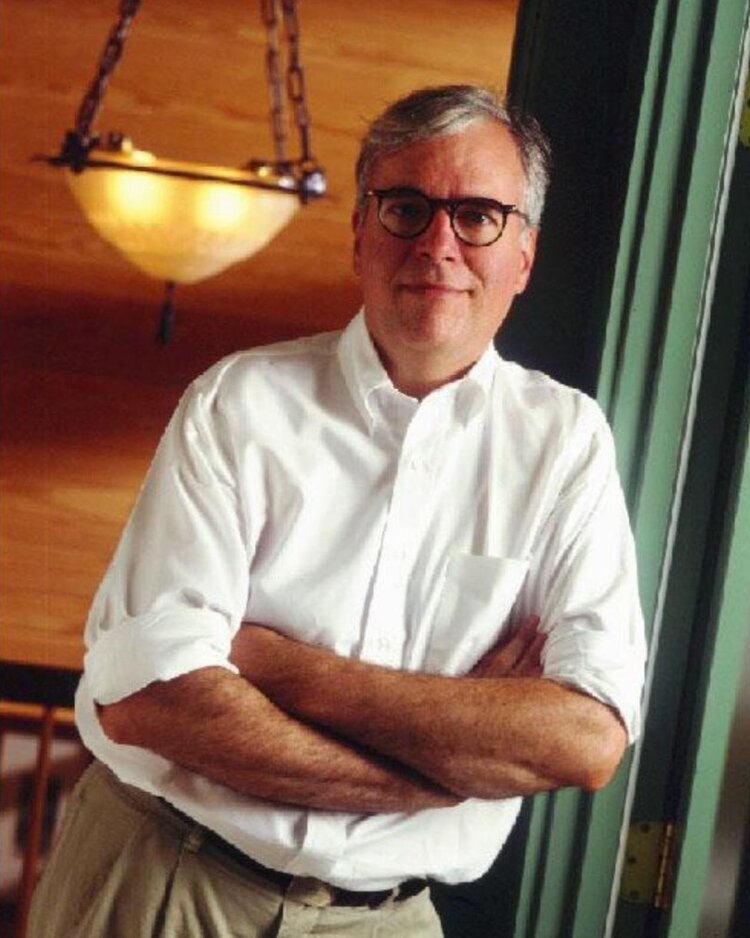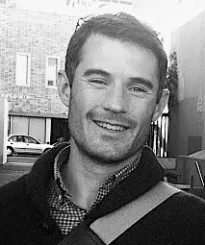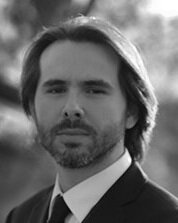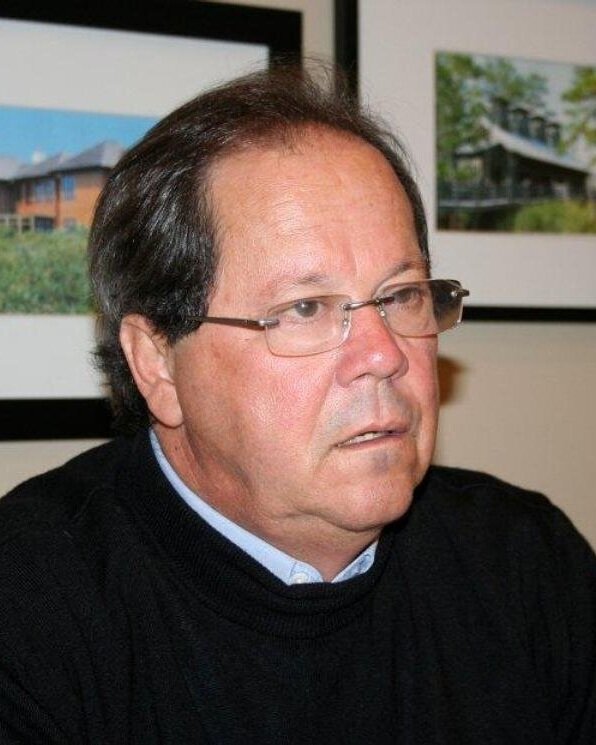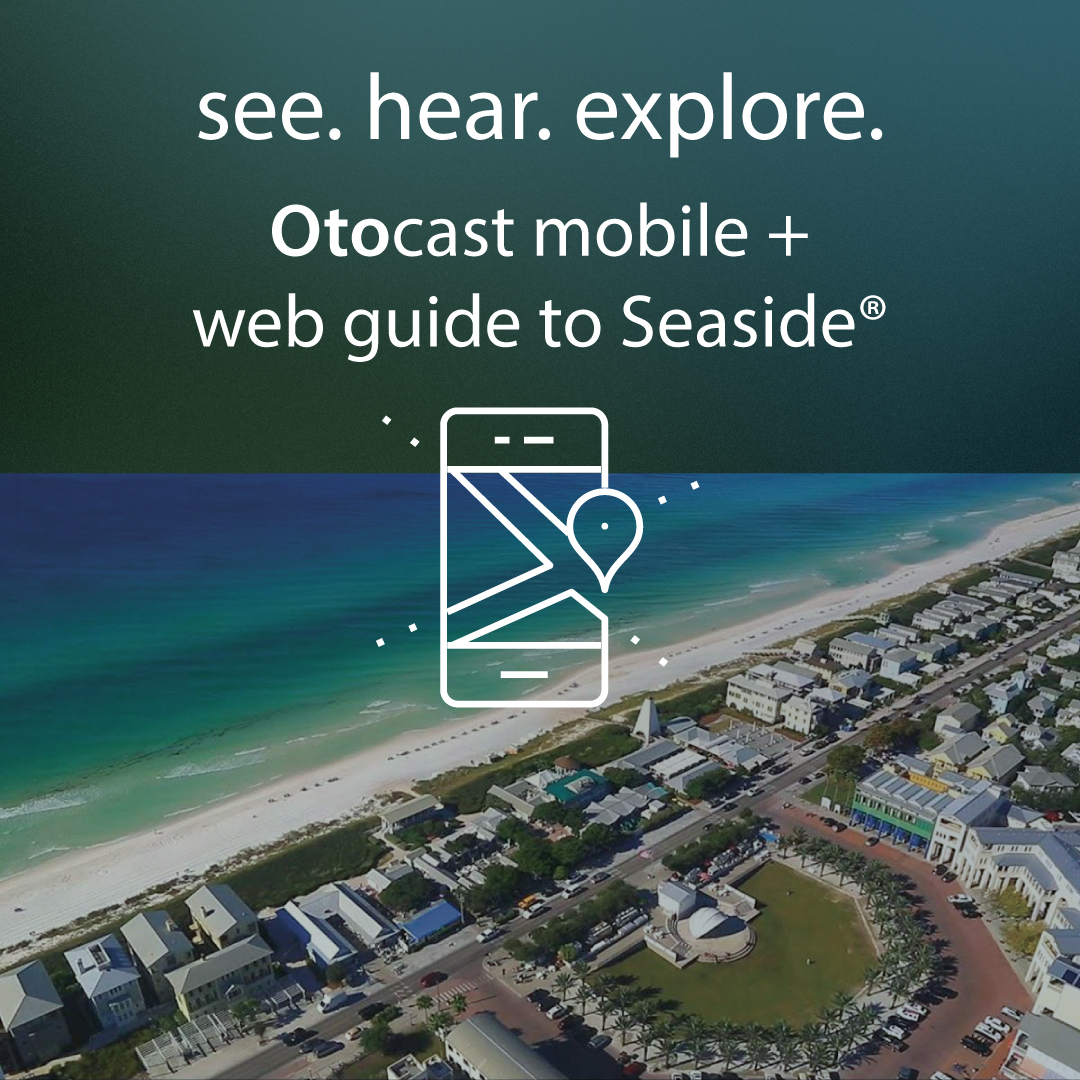1870s
The Seaside Institute was inspired by Chautauqua, a cultural and social movement that began in upstate New York in the 1870s.
1874
The Pensacola and Atlantic railroad formed a Chautauqua chapter to draw attention to its new town of Lake Defuniak, 40 miles north of present-day Seaside.
1984
Almost a century later, the Seaside Institute was formed. In 1984, the Institute began a series of small cultural events for the community of Seaside. These events were free and open to the public. Carmel Modica served as Director of the Institute as well as marketing director of Seaside.
1991
Homeowners were recruited to join the Board of the Institute and expand the Institute’s role. With their help, the Institute engaged a full time Director, Richard Storm, who was succeeded by Richard Norris.
1993
The Seaside Prize, awarded annually since 1993, became one of the best ways to gather experts in New Urbanism to learn from each other while celebrating the accomplishments of people who were leaders in building better communities.
1996
Phyllis Bleiweis took the Institute in a more educational direction by providing seminars in New Urbanism. Leaders of the New Urban movement came to Seaside to lecture and lead tours to help architects, developers and public officials understand the principles of an approach to land use.
2000
HUD, ULI, CNU and the Institute organized a symposium to help the Hope VI program evolve and expand into building more mixed-use, mixed income neighborhoods.
2003
In 2003, the Robert Wood Johnson Foundation sponsored a symposium on public health and the built environment. Richard Jackson, who was then Director of the CDC’s National Center for Environmental Health, spent much of his subsequent career on drawing the connection between environments where walking is rare and epidemics like childhood obesity and diabetes.
today
As neighboring New Urban towns inspired by Seaside mature, we find similar challenges within our communities: the sustainability of our communities and adaptation to our natural environment, and the need to decrease traffic congestion and dependence on cars by offering other, more “fun” forms of mobility.

future
The Aging with Grace program is a new approach to aging in place. Recent efforts are helping to design this new approach to geriatric care, a major public health challenge with the aging of the boomer generation. The institute will continue to focus on cultural and educational opportunities for all ages

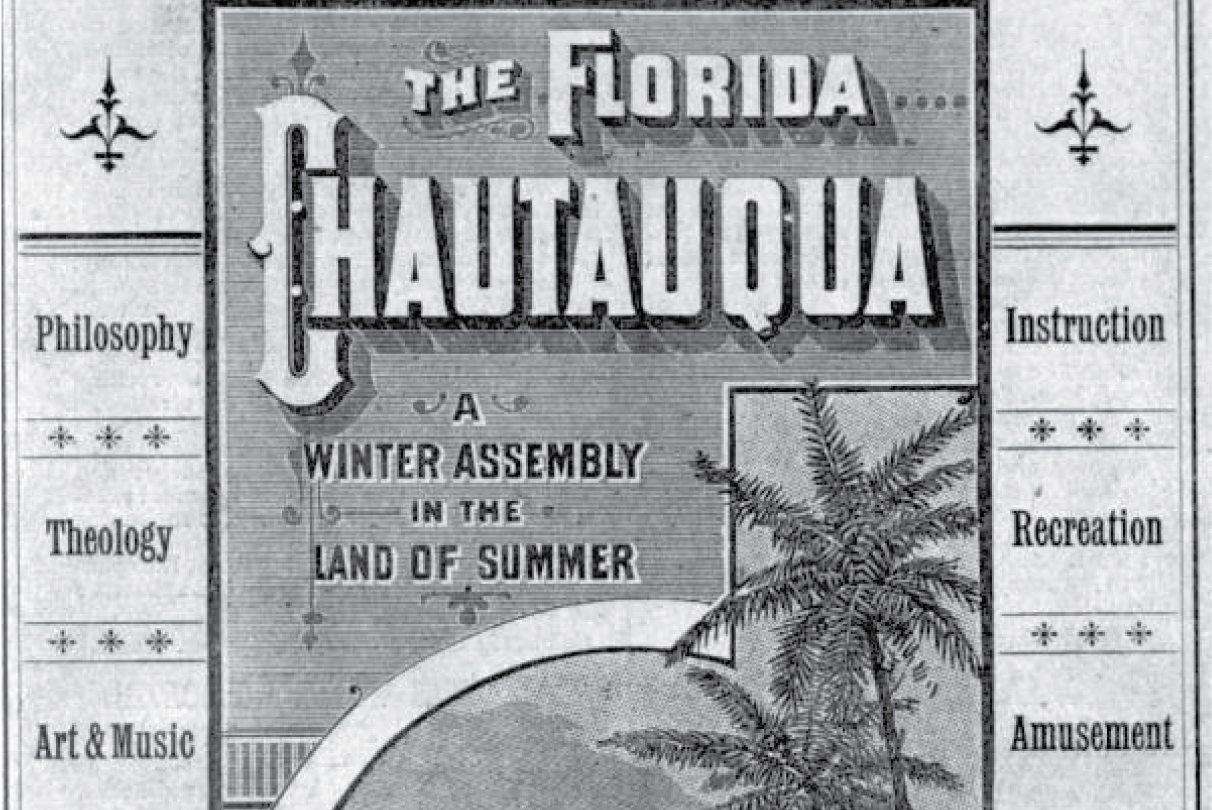
1870s
The Seaside Institute was inspired by Chautauqua, a cultural and social movement that began in upstate New York in the 1870s.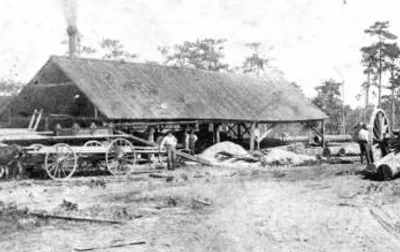
1874
The Pensacola and Atlantic railroad formed a Chautauqua chapter to draw attention to its new town of Lake Defuniak, 40 miles north of present-day Seaside.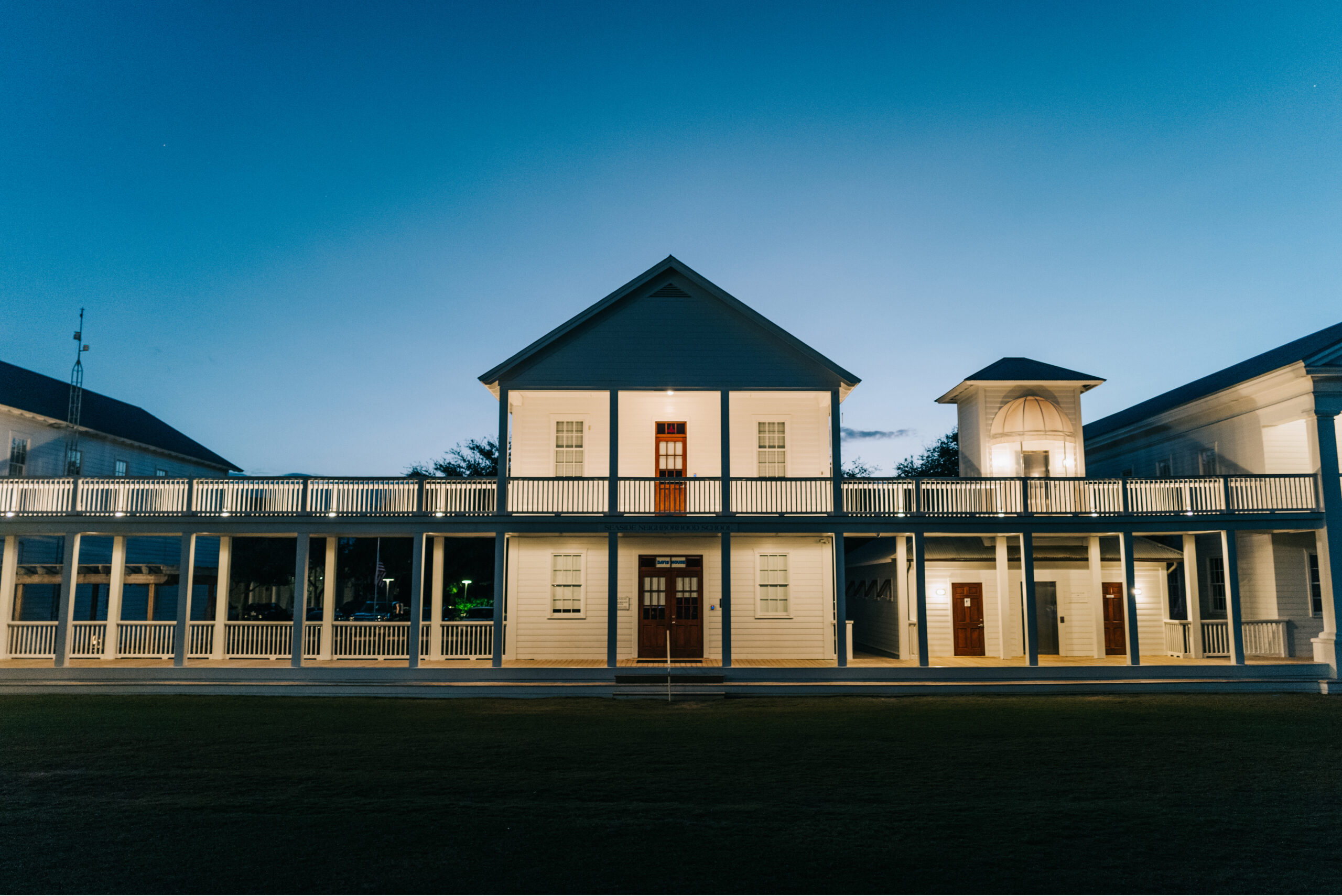
1982
The Seaside Institute was founded in 1982. In 1984, the Institute began a series of small cultural events for the community of Seaside. These events were free and open to the public. Carmel Modica served as Director of the Institute as well as marketing director of Seaside.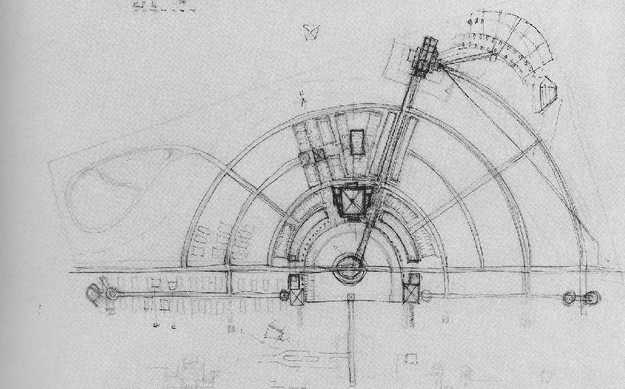
1981-1982
First homes built in 1981 by Founders Daryl and Robert Davis. Master Plan developed in 1982 by Andres Duany and Elizabeth Plater-Zyberk.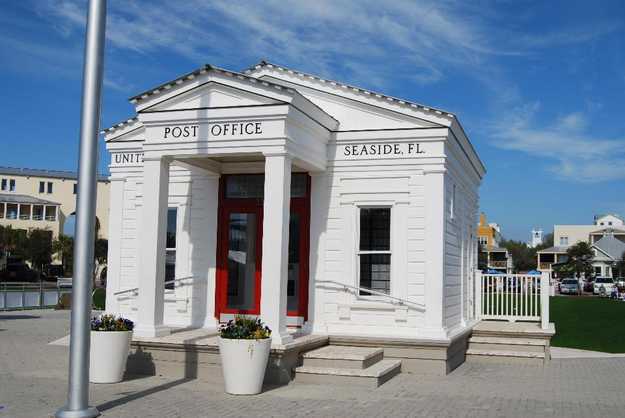
1984
Seaside Postal Service designed and built by Robert Davis.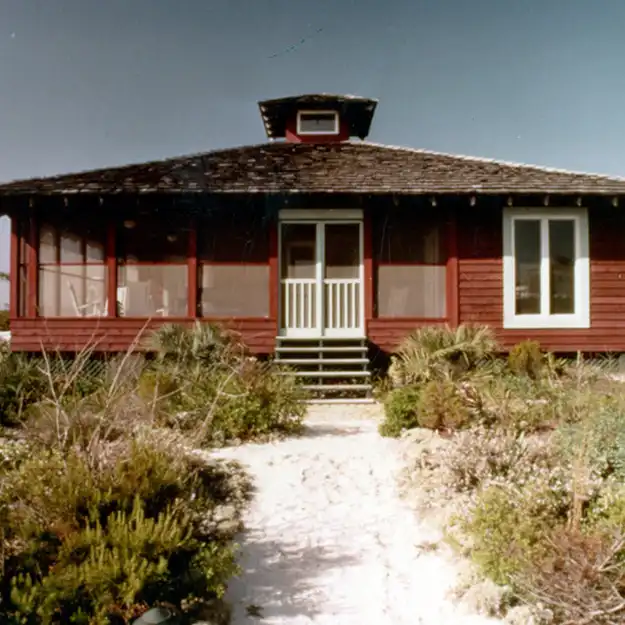
1991
Homeowners were recruited to join the Board of the Institute and expand the Institute’s role. With their help, the Institute engaged a full time Director, Richard Storm, who was succeeded by Richard Norris.



